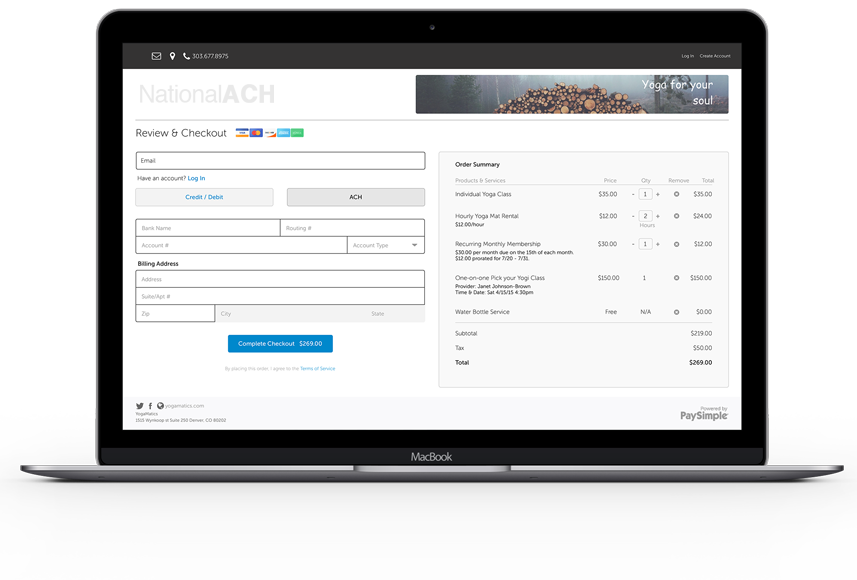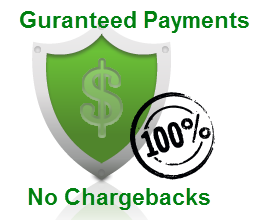How PCI Compliance Relates to ACH Payments
What is PCI Compliance?
The Payment Card Industry Data Security Standard, commonly known as PCI DSS, has long been the leading authority in terms of security for the credit card processing industry. Its reliability makes PCI enormously valuable when it comes to protecting not just card information, but any type of sensitive data, such as ACH payment processing credentials.
The misconception that only large companies that have huge processing capabilities need to be concerned with security will hopefully become less widespread. Today’s context makes it necessary for all merchants, irrespective of size, to protect sensitive information, and PCI DSS provides the necessary framework to do so.
PCI is required for card payments. Yet, it also adds protection for ACH payment processing.
How PCI Helps Prevent ACH Processing Fraud
PCI compliance was introduced in the payment industry to stem the tide of fraud losses, but unfortunately, not all entities respect it as they should. A recent study released by the American Bankers Association (ABA) suggests that, in spite of the best efforts of banks to prevent fraud, their task is rendered difficult by retail data breaches.
These breaches, which have become the norm in recent years, are made possible by insufficient security protection.
The good news is that ACH payment processing, online banking, and wire transactions taken collectively make up just 2% of the losses reported by the ABA. Fraud losses, however, continue to increase, mainly because not all parties involved in the payment ecosystem are equally concerned with security and prevention.
The consistent implementation of PCI standards would make it considerably difficult for fraudsters to make a breakthrough to your ACH payment processing.
Tips to Protect Your ACH Payment Processing Account
Each business that uses ACH payment processing needs to do its share in this collective effort to prevent fraud. Even though ACH payments accounts register less fraud attacks, the risk is far from non-existent.
Since ACH payments are often low risk, ACH transaction processing is largely automated. Therefore, detection of fraud might not occur in time to stop it. Given the fact that business accounts have just 3 days to reverse an ACH payment processing fraudulent transaction, it would be unwise to disregard this risk.
Some components of the PCI standard considerably reduce the prospect of suffering ACH payment fraud. These include:
- Maintaining a firewall
- Using encryption when transferring sensitive data
- Making sure that the virus protection is up to date
- Putting into place a security policy that each employee needs to follow
How Employees Contribute to Fraud
Fraudsters can get access to ACH payment processing information by targeting employees with tried-and-tested techniques,
For example fraudsters install malicious software as email attachments. When the employee clicks on the attachment, the harmful software is installed. Some newer, more sophisticated, and quite effective techniques involve social engineering and impersonation.
These threats can be addressed by providing training to employees that handle ACH payment processing information on how cybercriminals perpetrate their acts.
Also, two-factor authentication is an increasingly used method of securing payment information.
Regardless of what security measures a merchant decides to adopt, they need to be implemented and followed as consistently as possible, until they become a part of business as usual.
Conclusion
Following PCI recommendations for safe payment processing is a wise strategy. Protect your business by following PCI standards for secure processing.
Interested in finding out more? Contact info@nationalach.com

